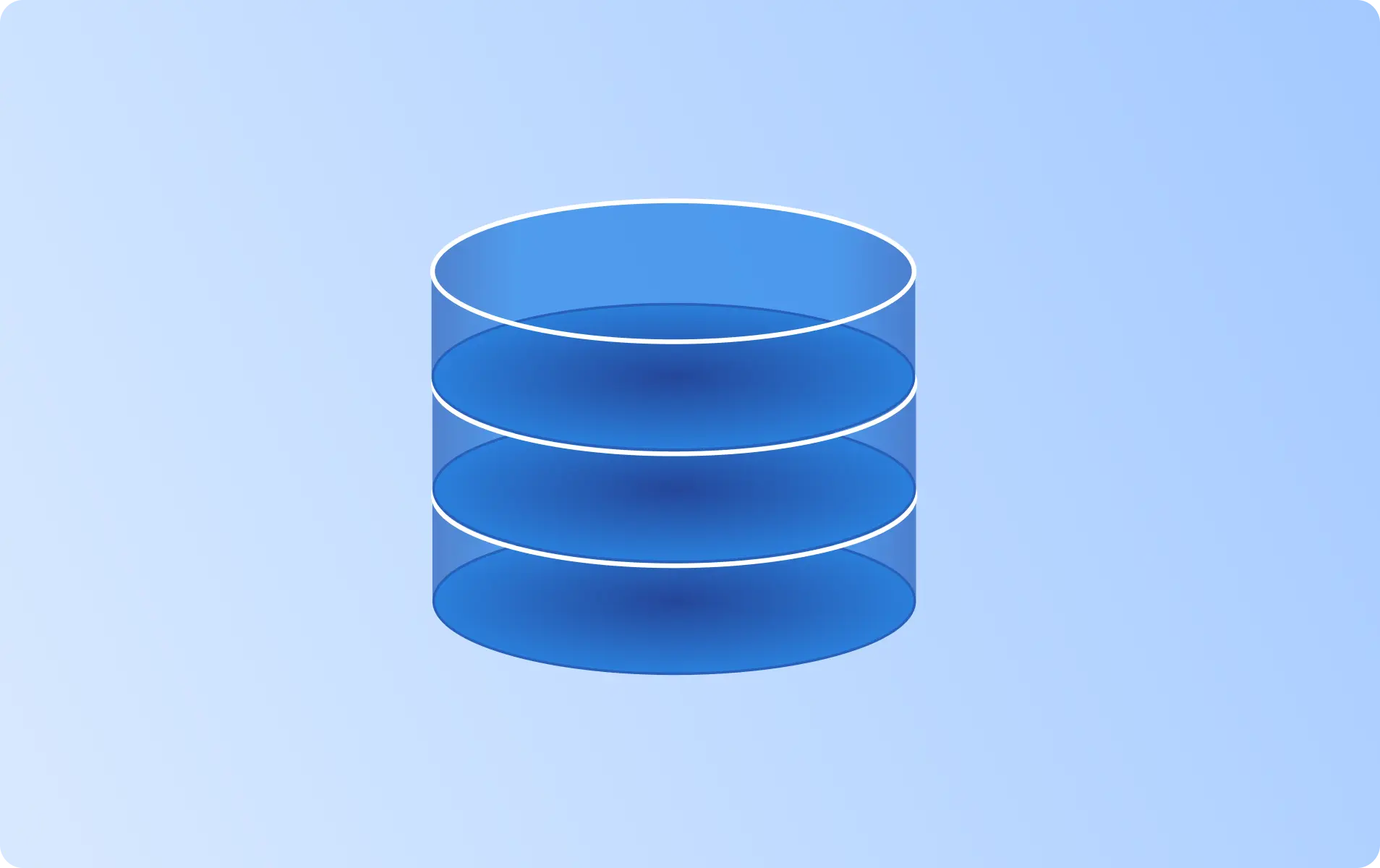What is Broadband Coverage Data? Maps & Datasets

- Overview
- Datasets
- Attributes
- Guide
- FAQ
- Overview
- Datasets
- Attributes
- Guide
- FAQ
What is Broadband Coverage Data?
Broadband coverage data refers to information about the geographical areas where broadband internet services are available. This data includes maps and reports detailing the extent of network coverage, service providers, and connection types. Broadband coverage data is crucial for understanding internet accessibility and planning network expansion in underserved areas.
Best Broadband Coverage Databases & Datasets
Here is our curated selection of top Broadband Coverage Data sources. We focus on key factors such as data reliability, accuracy, and flexibility to meet diverse use-case requirements. These datasets are provided by trusted providers known for delivering high-quality, up-to-date information.

USA Mobile Broadband Data | Mobile IP Data | 1st Party Data | 100% users are Opt in

Phone Number Data | Decision Makers Contact Numbers | Direct Phone Numbers | Business Phone Numbers | 75M+ Contacts | 100% Accurate Data
Can't find the data you're looking for?
Let data providers come to you by posting your request
Post your request
Main Attributes of Broadband Coverage Data
Below, we outline the most popular attributes associated with this type of data—features that data buyers are actively seeking to meet their needs.
| Attribute | Type | Description | Action |
|---|---|---|---|
| String | The address of a company or contact (street name, number, zip code, city, county, country). | View 1 datasets | |
| String | The name of a city. | View 1 datasets | |
| Integer | The annual revenue of a company. Might be actual or estimated. | View 1 datasets | |
| String | The approx. number of employees working for a company. | View 1 datasets | |
| String | The industry classification of a company. | View 1 datasets | |
| String | The name of a company or business, might be the legal or brand name. | View 1 datasets |
What are Examples of Broadband Coverage Data?
Examples of broadband coverage data include coverage maps showing service availability, reports on service providers in specific regions, and data on connection types such as fiber, DSL, and satellite.
Broadband Coverage Data Attributes
- Coverage Maps: Visual representations of broadband availability in different regions.
- Provider Information: Data on service providers and their coverage areas.
- Connection Types: Details on available connection technologies, such as fiber or DSL.
- Service Levels: Information on the quality and speed of broadband services.
- Geographical Data: Mapping of coverage areas with geographical features.
How is Broadband Coverage Data Collected?
In general, broadband data is collected through surveys, network monitoring, and data from service providers. Geographic Information Systems (GIS) and mapping tools are used to visualize and analyze this data, providing insights into service availability. Governments and regulatory entities often aggregate data from multiple sources to create coverage maps and reports.
Why is Broadband Coverage Data Important?
Broadband coverage data is important because it provides a detailed view of internet accessibility, helping stakeholders identify gaps in service and prioritize infrastructure investments. By analyzing this data, policymakers and telecom providers can develop strategies to expand coverage, improve connectivity, and bridge the digital divide. Broadband coverage data also supports efforts to ensure universal access to high-speed internet.
Broadband Coverage Data Use Cases
- Infrastructure Planning: Identifying areas for network expansion and infrastructure development.
- Service Provider Analysis: Evaluating provider performance and market competition.
- Digital Inclusion Efforts: Addressing connectivity gaps and ensuring equitable access to internet services.
- Market Research: Understanding broadband demand and trends to inform business strategies.
Frequently Asked Questions
How is the Quality of Broadband Coverage Data Maintained?
The quality of Broadband Coverage Data is ensured through rigorous validation processes, such as cross-referencing with reliable sources, monitoring accuracy rates, and filtering out inconsistencies. High-quality datasets often report match rates, regular updates, and adherence to industry standards.
How Frequently is Broadband Coverage Data Updated?
The update frequency for Broadband Coverage Data varies by provider and dataset. Some datasets are refreshed daily or weekly, while others update less frequently. When evaluating options, ensure you select a dataset with a frequency that suits your specific use case.
Is Broadband Coverage Data Secure?
The security of Broadband Coverage Data is prioritized through compliance with industry standards, including encryption, anonymization, and secure delivery methods like SFTP and APIs. At Datarade, we enforce strict policies, requiring all our providers to adhere to regulations such as GDPR, CCPA, and other relevant data protection standards.
How is Broadband Coverage Data Delivered?
Broadband Coverage Data can be delivered in formats such as CSV, JSON, XML, or via APIs, enabling seamless integration into your systems. Delivery frequencies range from real-time updates to scheduled intervals (daily, weekly, monthly, or on-demand). Choose datasets that align with your preferred delivery method and system compatibility for Broadband Coverage Data.
How Much Does Broadband Coverage Data Cost?
The cost of Broadband Coverage Data depends on factors like the datasets size, scope, update frequency, and customization level. Pricing models may include one-off purchases, monthly or yearly subscriptions, or usage-based fees. Many providers offer free samples, allowing you to evaluate the suitability of Broadband Coverage Data for your needs.

